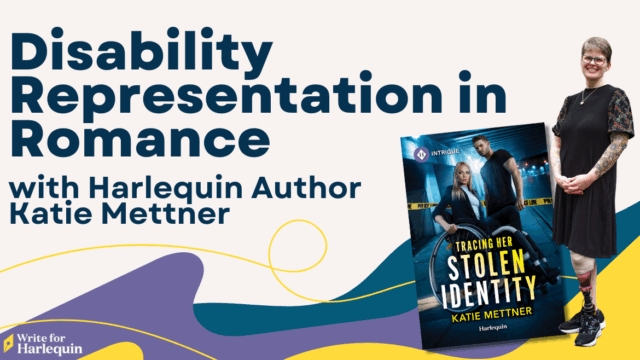
 By Rachel Burkot, Associate Editor, Harlequin Kimani
By Rachel Burkot, Associate Editor, Harlequin Kimani
Spanx—and pacing—can fix a saggy middle! If you were setting up a bookshelf using assembly instructions, but around the middle the directions lost focus and became unclear, perhaps even steered you away from your mission of getting the shelf slapped together, then that’s not very helpful, is it? This might sound strange, but the problem with a set of instructions like that would be pacing issues. For everything written has a pace. The numbers telling you in what order to follow the steps dictate the pace of the instructions. When you’re writing an email to a friend, you’re not going to start it off like this: Hey Jen! It’s been so long! This year I got fired from my job, divorced from my husband, and my dog died too. For one, this breaches social etiquette, but it’s also—you guessed it—a pacing issue. Instead, you’re going to spend the first paragraph making small talk, sending out well-meaning sentiments that you hope the universe has been good to your friend in all this time you haven’t talked, and asking some rhetorical questions. Then you’ll lead her gently into the misery that has befallen you. This gentle leading can otherwise be called pacing.
In the above examples, if pacing is not properly observed, you’ll wind up with a head-scratching friend or a frustrating experience assembling a household item. But everything will probably be fine. Where pacing can make or break you, however, comes when you write your novel. Pacing is like the foundation of your story, the layer of cement that holds two levels of a building together without being seen or even consciously observed most of the time—if the pacing is on! If it’s off, that’s when it gets noticed. So you want your pacing to be like good dental work, or the Spanx under your clothes. Adding to your look and holding things together seamlessly, without being apparent.
Spanx are especially great to deal with a saggy middle…so how can pacing help the saggy middle part of your story? Many authors struggle with keeping the pacing on track in this part of their book. The beginning is easy—setting up the story, introducing the characters and the conflicts, etc. naturally lends itself to an opening pace. And the same thing for the end—between tying up all threads, having the characters declare their love at long last, and answering any and all lingering questions, your story comes to a close at a natural pace. But the middle, the tricky middle—what to do about pacing issues here? Well, for one thing, having a chapter-by-chapter outline for your book can be a great tool for combatting pacing issues. If you’re able to see your characters this way, along with their goals, motivations and conflicts, then you’re less likely to hit a pacing pothole and come to a standstill.
You can also bring in some secondary characters and subplots in the middle to keep it from sagging too much. Switching focus to another tack—with themes that reinforce and relate to the overall themes of the novel—is a great way to keep the pacing nice and clipped, getting readers invested in more story. It’s also a good idea to really blow the conflict out of the water in the middle. Create some drama, tension, anger, uncertainty, insecurity, etc., anything to keep readers turning pages and feeling far from bored. Yes, romance novels are escape reads, but they still need some serious conflict in order to provide that emotional journey that readers crave. One of my biggest pet peeves while editing romance is when the characters fall in love too soon. You can’t have the characters declaring love for each other at the end of the first date, and getting engaged on the second. That’s just not reasonable or relatable! Furthermore, the book would end at the second date.
During that pesky middle where maintaining a strong pace can be difficult, bring in conflict after conflict—some minor, some more significant—to keep your hero and heroine apart. But intersperse that cleverly with romance, sweetness, sugar, all the trappings of great love. And brew the love and passion like you’re brewing a strong pot of coffee! Try some sort of sequence where you go back and forth between a date/love scene, and a scene full of tension. Within the tension, you can alternate between exploring the external conflict (what keeps your hero and heroine apart plot-wise) and the internal conflict (which keeps them apart because of the fears and insecurities that make them gun-shy of relationships). And including scenes with secondary characters—and perhaps a subplot with them…maybe the hero/heroine has been estranged from one of their parents, and there’s some focus on that too—can be another way to spice up the middle and keep it from sagging!
Expert pacing keeps a story from getting predictable, and keeps the reader wondering will they or won’t they? Even though she knows they will. So keep in mind that you have a whole arsenal of tricks to help you when you’re facing a sagging middle—external conflict, internal conflict, tension, secondary characters, subplots, steamy love scenes…and before you know it, your pace will be perked right up as though a solid pair of Spanx got a hold of it!
So, what are some of your favorite pacing tricks to perk up a sagging middle?
Join the conversation on Twitter with the hashtag #SYTYCW15, and follow @HarlequinSYTYCW.




